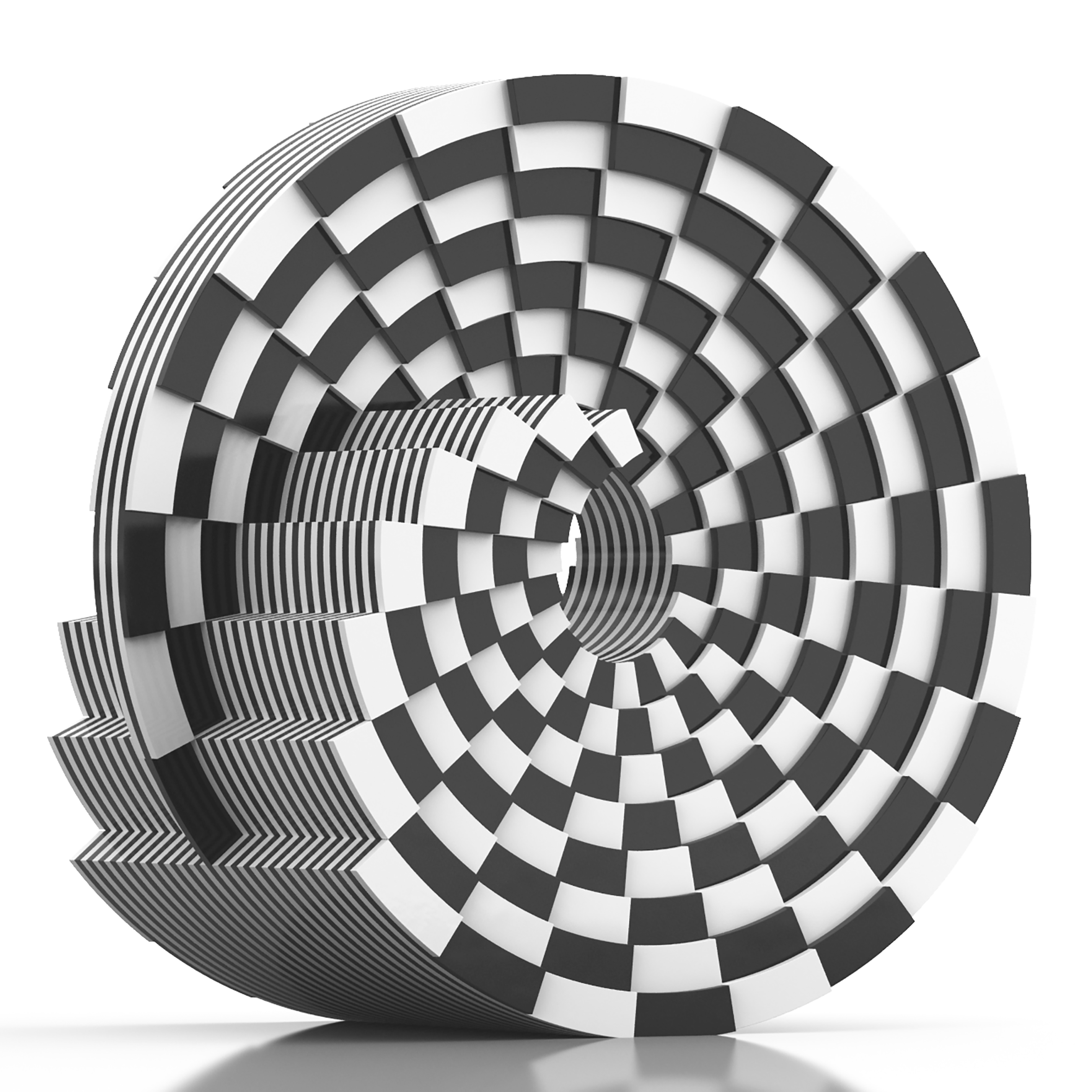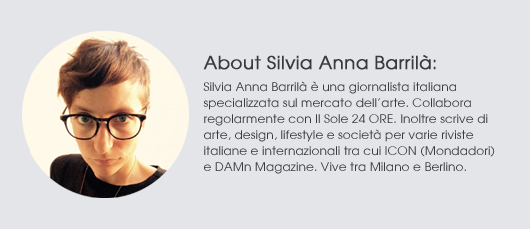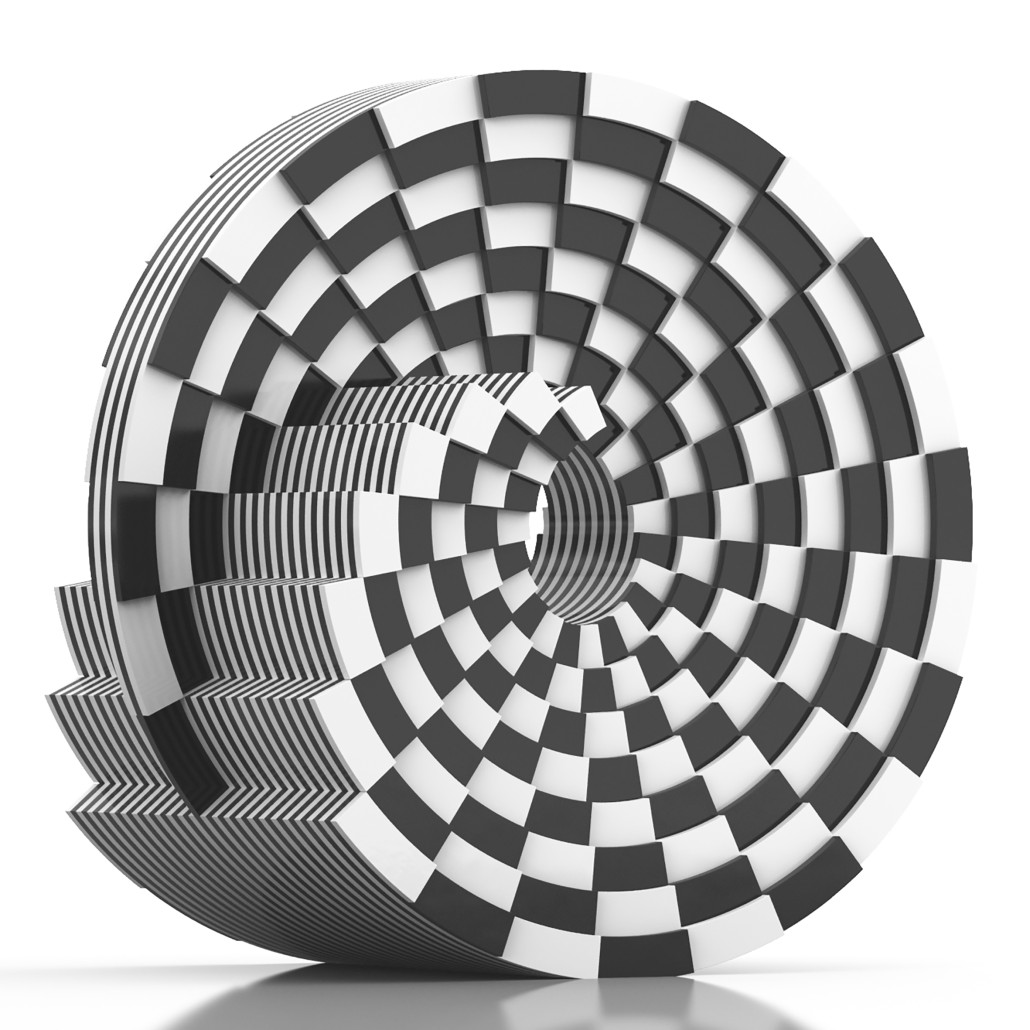
MILAN – Born in Mantua in 1940, Marcello Morandini studied at the Brera Academy and became part of the Milanese art scene of the 1960s. He was influenced by the Concrete Art of Bruno Munari and the Op-Art and Kinetic Art of Italians Gianni Colombo, Alberto Biasi and Grazia Varisco; and international artists such as Jesús-Rafael Soto and François Morellet.
In the first half of the 1960s, Morandini began producing art. He soon gained recognition, exhibiting, for example, at the Galleria del Naviglio, which in the mid-1960s was the was the reference point for Azimut and Kinetic Art. By 1968, he was exhibiting at the Venice Biennale.
“Morandini’s work has remained very true to form over the years,” said gallery owner Stefano Cortesi of Cortesi Gallery, based in Lugano and London. “Throughout his career he has produced exclusively two-color works, in black and white, and so he does today. In his design production he sometimes used color, but not in art. Compared to Op Art, in his works the optical-visual perception is not excessively disturbed. At the center of his production one sees a system of lines, in black and white.”
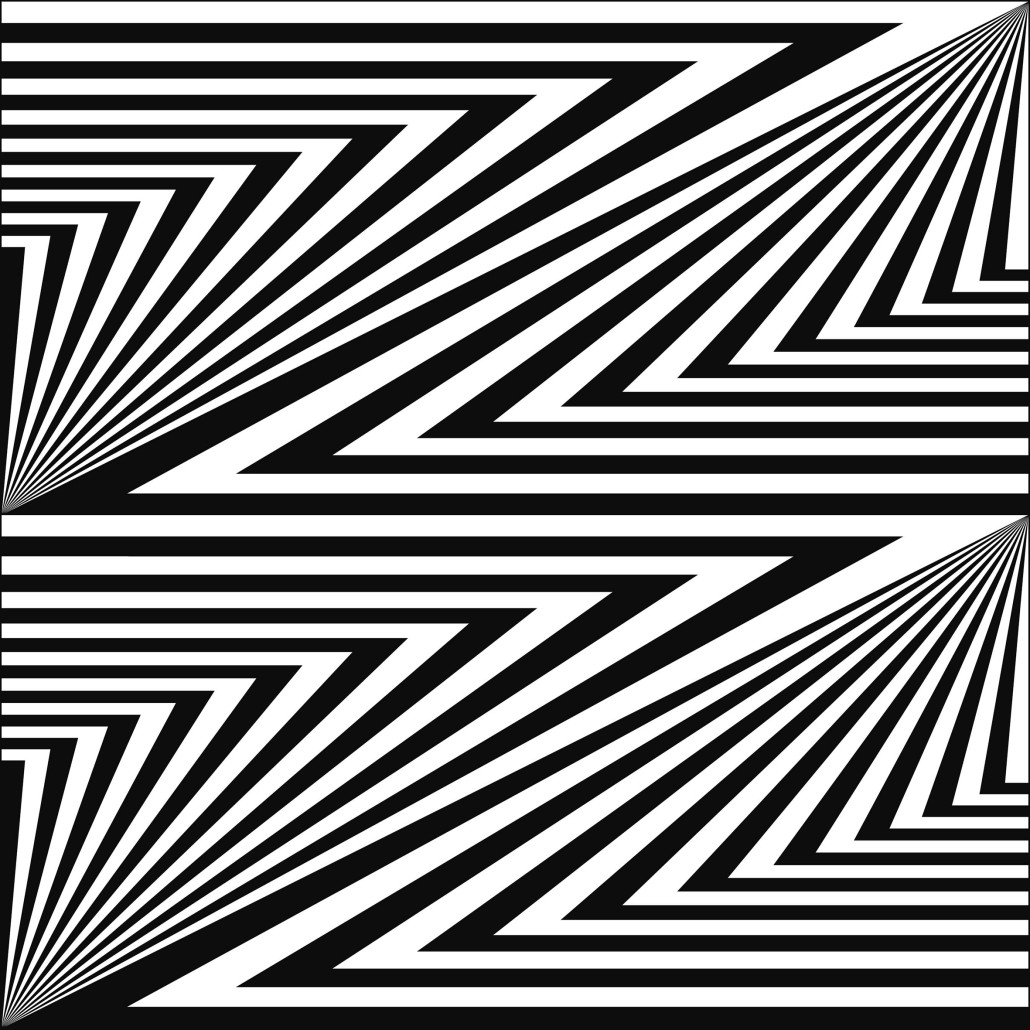
In the 1980s and 1990s, Kinetic and Concrete Art lost favor with the new emphasis on paintings, so Morandini’s art, like that of many other artists, was a bit neglected. But not in Germany or German-speaking Switzerland, however. Morandini continued to exhibit there with great success.
In recent years, however, with the resurgence of interest in 1960s art, Morandini’s art is once again in the spotlight. In 2014, he had solo shows at both the Milan gallery Lorenzelli Arte and the Gallery of Modern Art in Rome. The latter museum mounted a retrospective exhibition that encompassed Morandini’s entire body of work — his art and his design and architectural interests.
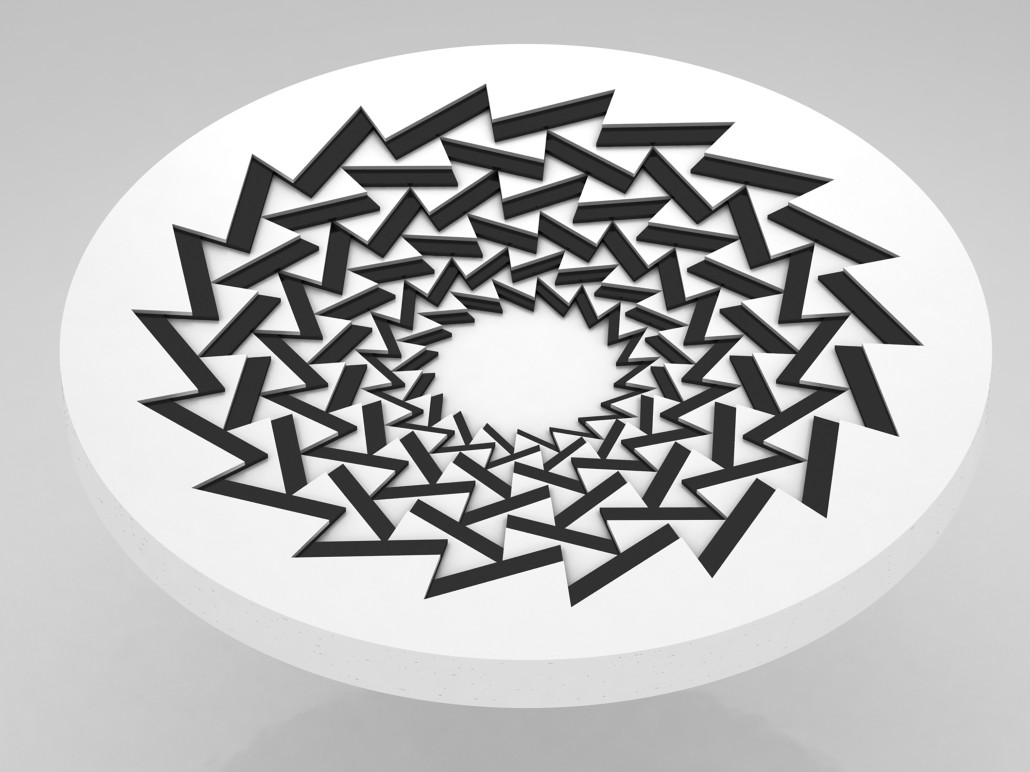
In 2014 Morandini also started to work with Cortesi Gallery, first in Lugano, where he was involved in the exhibition “Great Expectations,” dedicated to 1960s Kinetic Art; and a subsequent solo show in London.
“We decided to represent Morandini on the international market because, while he is already known and appreciated in Italy and Switzerland, at the international level there is still room for growth,” Stefano Cortesi explains. “The market has not yet fully discovered this artist, while he deserves much more attention.”
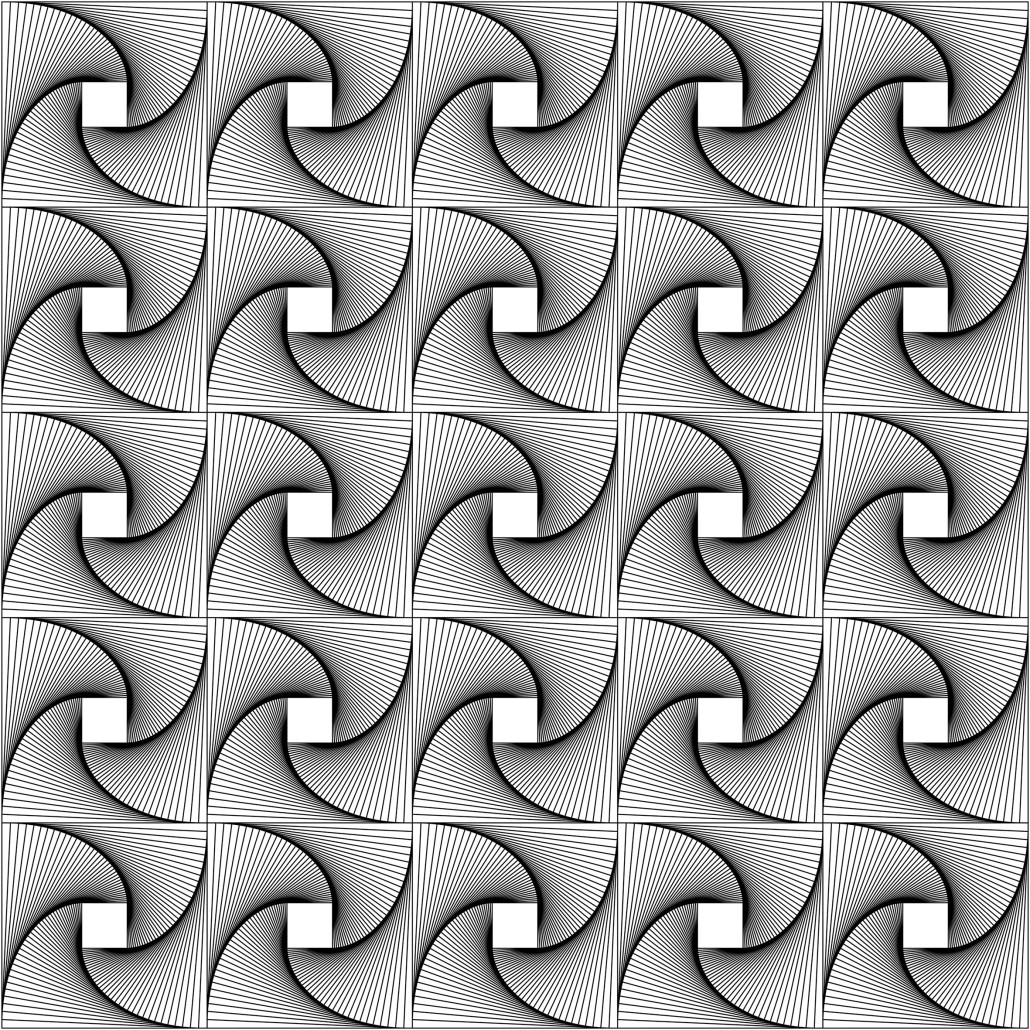
Also, Morandini’s work has not appeared very often at auction, so it has not achieved much recognition. Only minor works, either works on paper or editions, are usually offered at auction because collectors who own more important works by Morandini have retained them for many years are waiting for the market to catch up with artist before they sell.
“I really believe in this artist, because his art is very high quality and is a kind of art very much in demand in the marketplace. It reflects the current taste in art and design,” Cortesi says. “Morandini has also influenced those young artists who are inspired by the monochromatic art of the 1960s.”
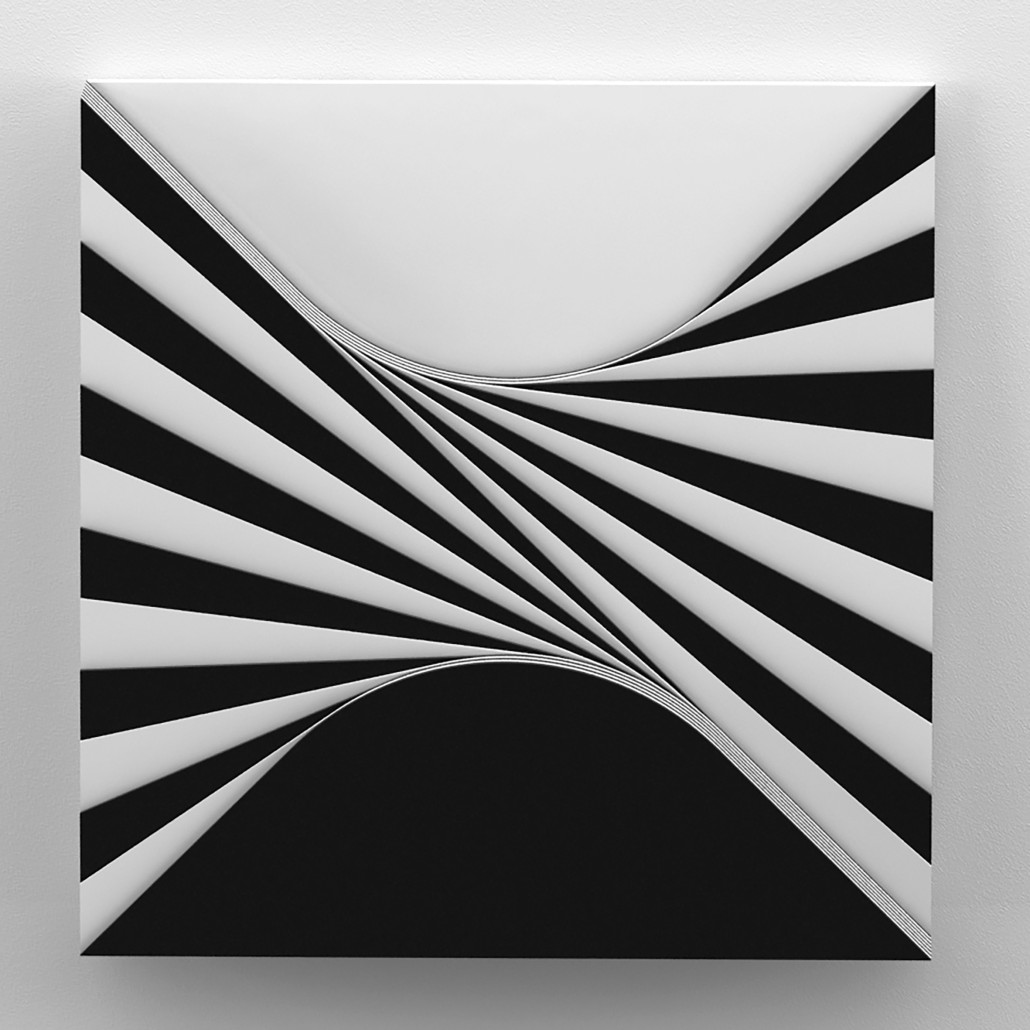
Nowadays, prices for Morandini’s works range from €10,000 to €25,000. “It is not much for an artist who is already integrated within an historical context. I believe there is room for growth,” Cortesi said. For large sculptures (2 meters), prices range from €60,000-100,000, but these prices are for rare or unique pieces — almost architectural-type projects of stone or wood.
The bulk of Morandini’s work consists of small sculptures and panels. These can be two-dimensional panels, where the optical effects are painted, or elaborate three-dimensional structures.
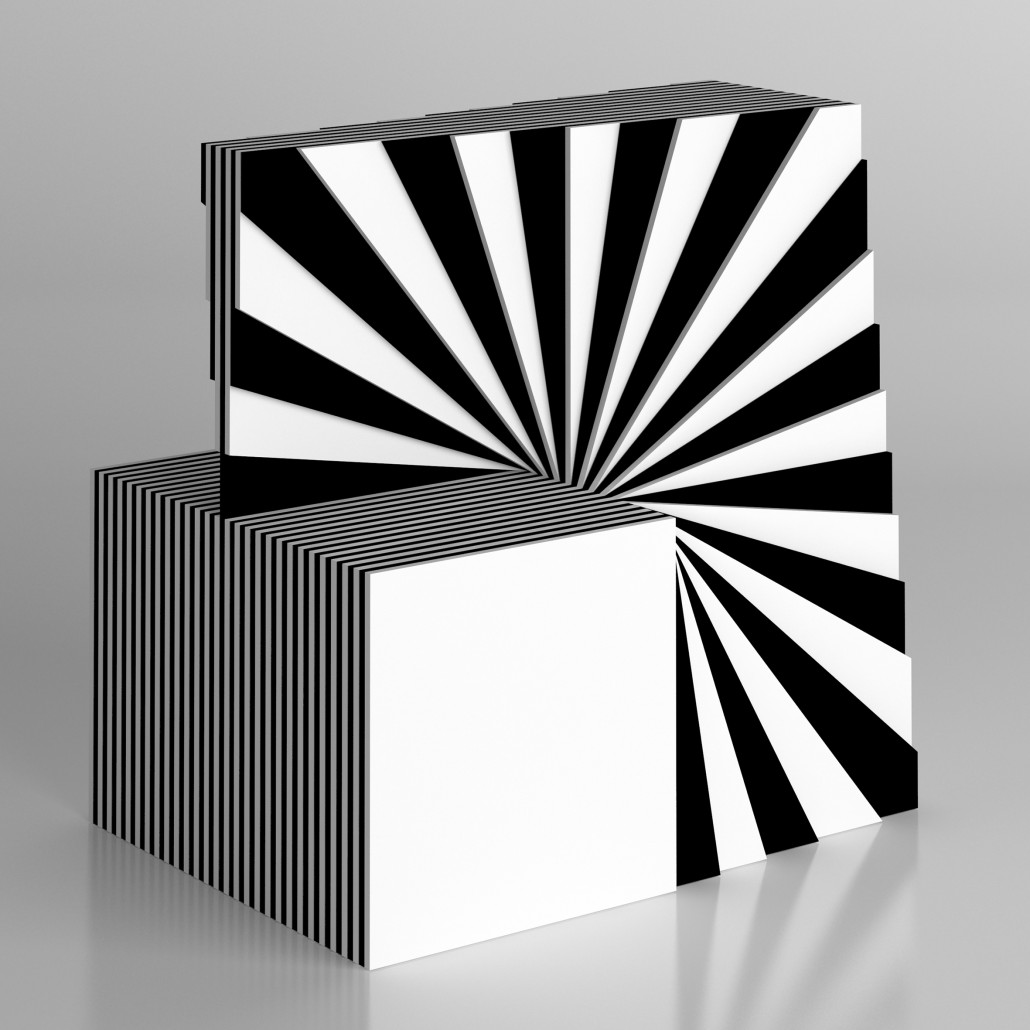
Morandini’s works created in the late 1960s and 1970s are very hard to find, as most are held in museums or in private collections. Much of what is seen in the market today are his works produced over the past 25 years.


